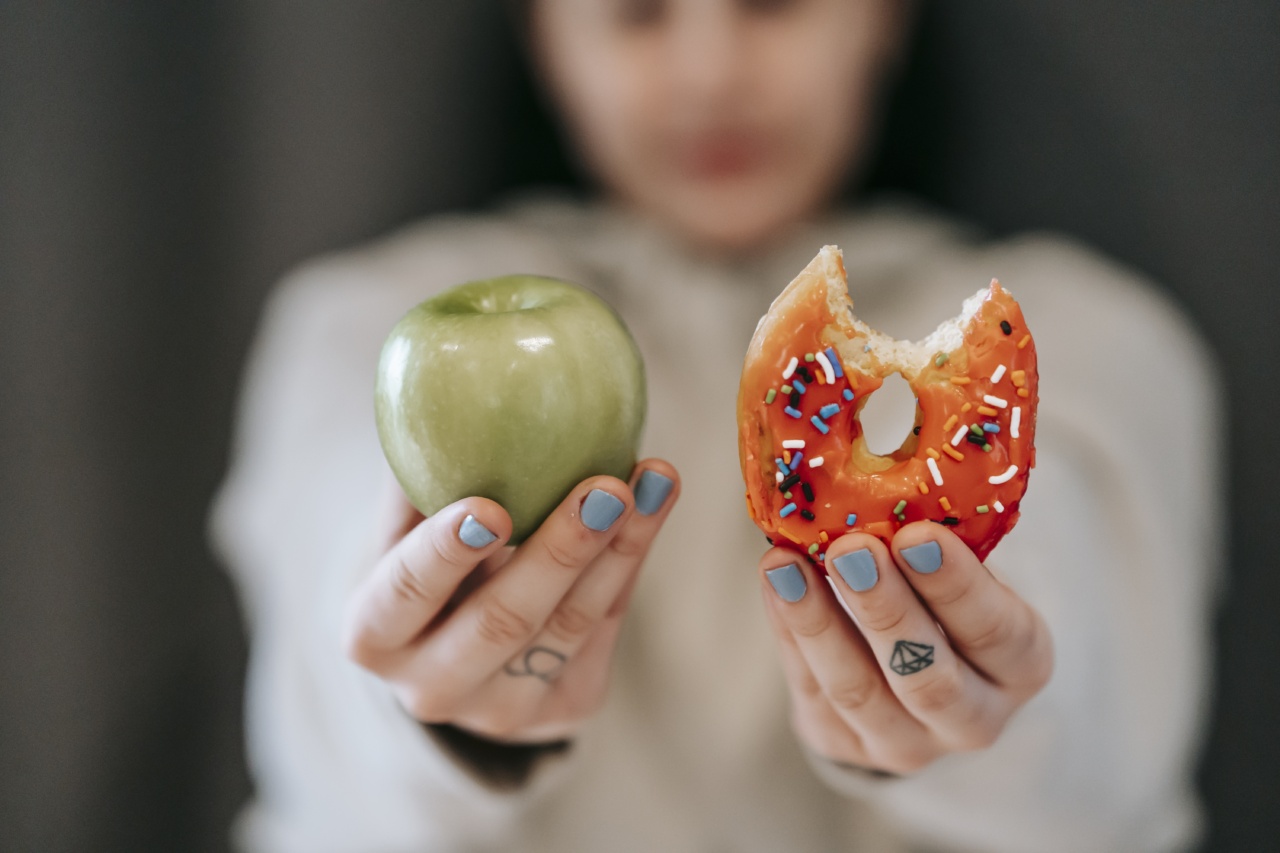Many people have heard about the dangers of smoking, drinking, or using drugs to their cognitive function. However, there is a subtle habit that people practice daily that can be just as harmful to their brain as those substances – multitasking.
What is Multitasking?
Multitasking is the act of doing two or more tasks simultaneously. When you multitask, you may be reading an email while listening to music or texting while watching a movie.
The Myth of Multitasking
The human brain isn’t designed to multitask. In fact, studies show that when people multitask, they are not doing multiple things at once. Rather, they are rapidly shifting their attention from one task to another.
This means that your cognitive capabilities are being spread out among different tasks, which can lead to a decline in your ability to focus.
The Negative Effects of Multitasking on Cognitive Function
The effects of multitasking on cognitive function are well-documented. Below are some ways multitasking can impair brain function:.
- Reduced Productivity – Research shows that multitasking can actually reduce productivity by up to 40%. When you’re constantly shifting your attention from one task to another, you’re not fully concentrating on any of them, which can lead to errors, oversights, and poor decision-making.
- Impaired Memory – When you multitask, your brain doesn’t have the opportunity to fully process the information you’re taking in. This can lead to impaired memory and difficulty retaining information.
- Inability to Concentrate – Multitasking can impair your ability to concentrate. Your brain may get used to the constant stimulation of switching from one task to another, which can make it more difficult to stay focused on a single task.
- Increased Stress – Multitasking can increase stress levels. Studies have shown that people who multitask have higher levels of cortisol, which is a hormone associated with stress.
- Decreased Creativity – When you’re multitasking, you’re not giving your brain the opportunity to fully explore ideas or think creatively. This can lead to a decline in creative thinking and problem-solving abilities.
- Slower Reaction Time – Multitasking can lead to slower reaction times. When you’re switching between tasks, your brain needs to refocus every time, which can result in delayed reactions.
The Benefits of Single-Tasking
On the other hand, single-tasking, or focusing on one task at a time, can have a number of benefits for your cognitive function. Below are some of the benefits of single-tasking:.
- Increased Productivity – When you focus on one task at a time, you’re able to give it your full attention, which can increase productivity and lead to better results.
- Better Memory – When you’re not multitasking, your brain has the opportunity to fully process the information you’re taking in, which can improve memory and retention.
- Increased Focus – Single-tasking can improve your ability to focus. When you’re not constantly switching between tasks, your brain has the opportunity to fully engage with the task at hand.
- Reduced Stress – Focusing on one task at a time can reduce stress levels. Studies have shown that mindfulness practices, such as focusing on a single task, can decrease cortisol levels and reduce stress.
- Creativity Boost – When you’re not multitasking, your brain has the opportunity to think more deeply about an idea or problem, which can lead to more creative solutions and ideas.
- Faster Reaction Time – Single-tasking can lead to faster reaction times. When your brain is fully engaged with a task, you’re better able to react to changes and make decisions more quickly.
How to Start Single-Tasking
If you’re used to multitasking, switching to single-tasking can be a challenge. Here are some tips to help you get started:.
- Make a plan – Set specific times of day to work on specific tasks. For example, block out an hour of your day for email and another hour for phone calls.
- Eliminate distractions – To help you focus on a single task, eliminate as many distractions as possible. This might mean closing your door or putting your phone on silent.
- Take breaks – Taking frequent breaks can help you stay focused and productive. Try working for 25 minutes and taking a five-minute break before starting your next task.
- Mindfulness practices – Incorporating mindfulness practices, such as deep breathing or meditation, can help you stay focused and present in the moment. This can lead to increased productivity and reduced stress levels.
- Track your progress – Keep track of your progress as you start single-tasking. This can help you stay motivated and see the benefits of focusing on one task at a time.
Conclusion
Despite the belief that multitasking is an efficient way to increase productivity, studies show that it can have negative effects on cognitive function.
Multitasking can reduce productivity, impair memory, increase stress levels, and decrease creativity. On the other hand, single-tasking can improve productivity, boost memory, reduce stress, and increase creativity.
By making a plan, eliminating distractions, taking breaks, incorporating mindfulness practices, and tracking your progress, you can start single-tasking and experience the cognitive benefits it can provide.






























